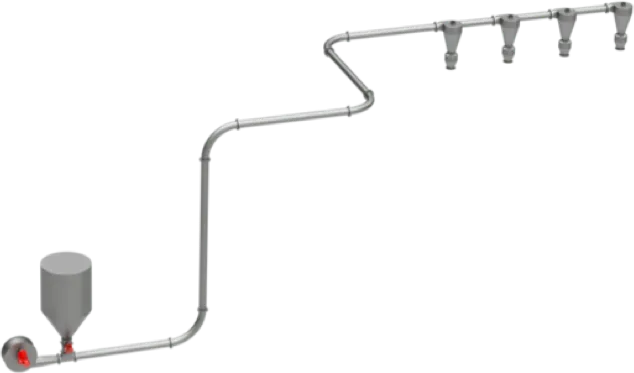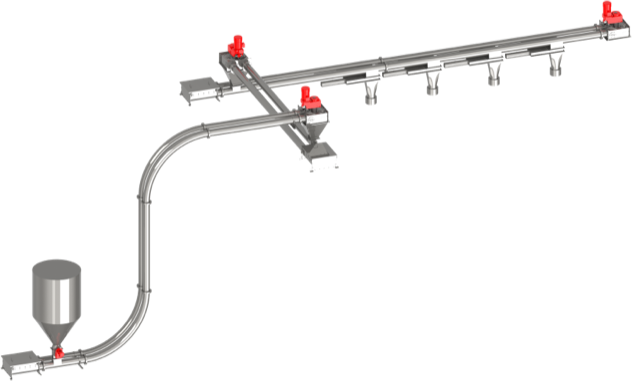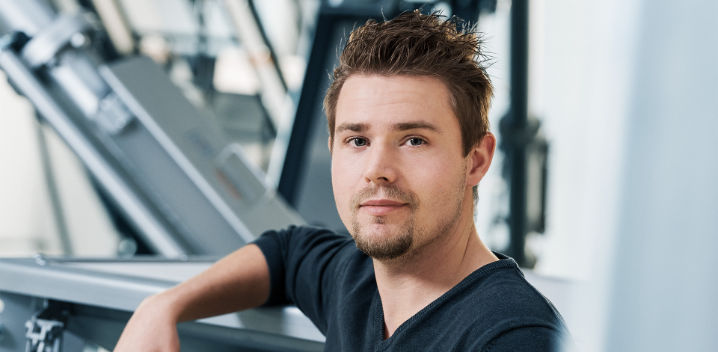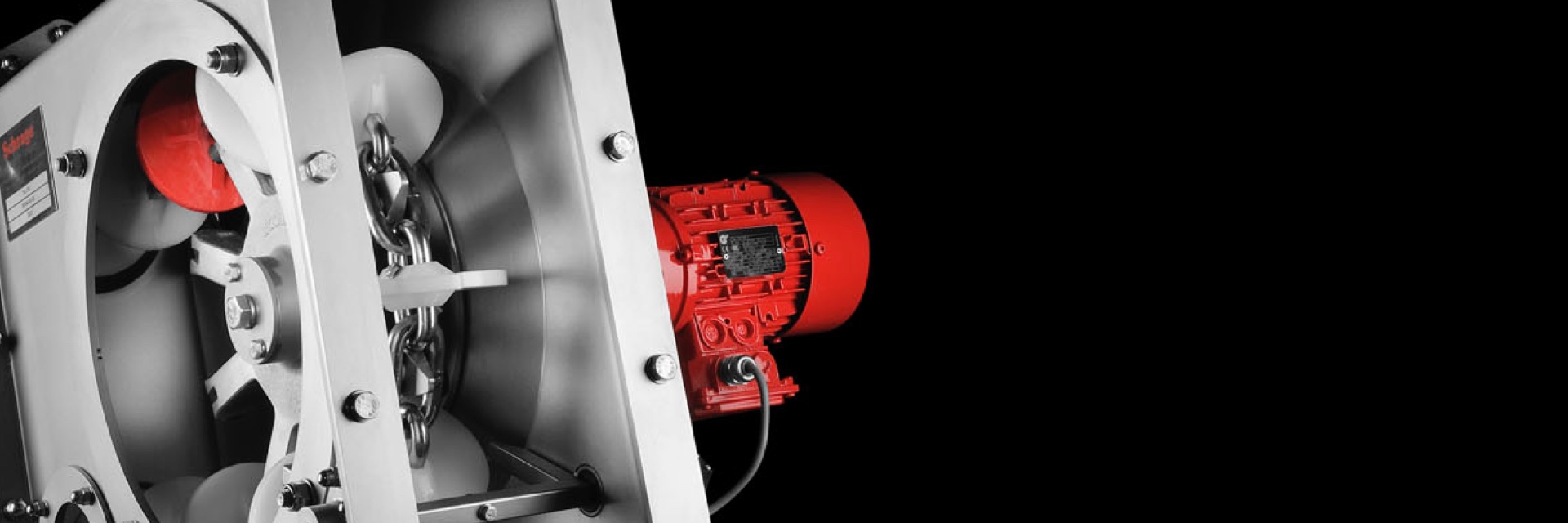
Schrage vs. Transportador neumático
Pneumatic conveyor systems
- A length of 90 meters can be implemented with a single line
- Multiple cyclone separators required
- Tons of measuring and control equipment
- High air speed, resulting in greater wear and grain destruction
Tube chain conveyor
- Three tube chain conveyors are required for this line layout (90 meters)
- Low conveying speed, resulting in minor wear and grain destruction
- No filter systems or cyclone separators required, meaning that very little measuring and control equipment is required
35 years of experience with our energy-saving solution
We’ve implemented numerous projects with a much higher energy efficiency to date, with our Tube chain conveyors sometimes requiring a mere 10% of the energy that pneumatic systems consume. In other words, you can save up to 90% on energy in comparison to pneumatic systems.
Are you interested in learning more about Schrage’s energy-saving solution? We’re here for you! Simply fill out the contact form and send it to us and we’ll get back to you shortly afterwards with a quotation or consultation information.
Las instalaciones transportadoras neumáticas son transportadores continuos para material a granel, en los que el producto es transportado con aire comprimido o aspirado en un sistema de conductos cerrado. El trazado del recorrido es muy flexible. Tanto las instalaciones transportadoras de aire comprimido como también las de aire aspirado, se basan en que, si la velocidad del aire es lo suficientemente grande, las partículas sólidas son atrapadas por las fuerzas de flujo y transportadas por el conducto. Dependiendo de las características del material que se va a transportar, el medio de flujo y el conducto de transporte, las cantidades de ambos medios y la geometría del recorrido de transporte, se puede diferenciar entre diferentes estados de transporte:
Transporte de flujo fino (transporte estacionario de fase diluida) para una carga reducida de material transportado, transporte de flujo semidenso (transporte no estacionario por formación de filamentos o en bloque) para una carga media de material transportado y transporte de flujo denso (transporte estacionario de flujo) para una carga elevada de producto. Las instalaciones transportadoras neumáticas se caracterizan por una estructura sencilla, costes de instalación reducidos, requerir poco espacio y ser libres de polvo. Las desventajas son los elevados costes de energía, el gran desgaste y el riesgo de obstrucción.
